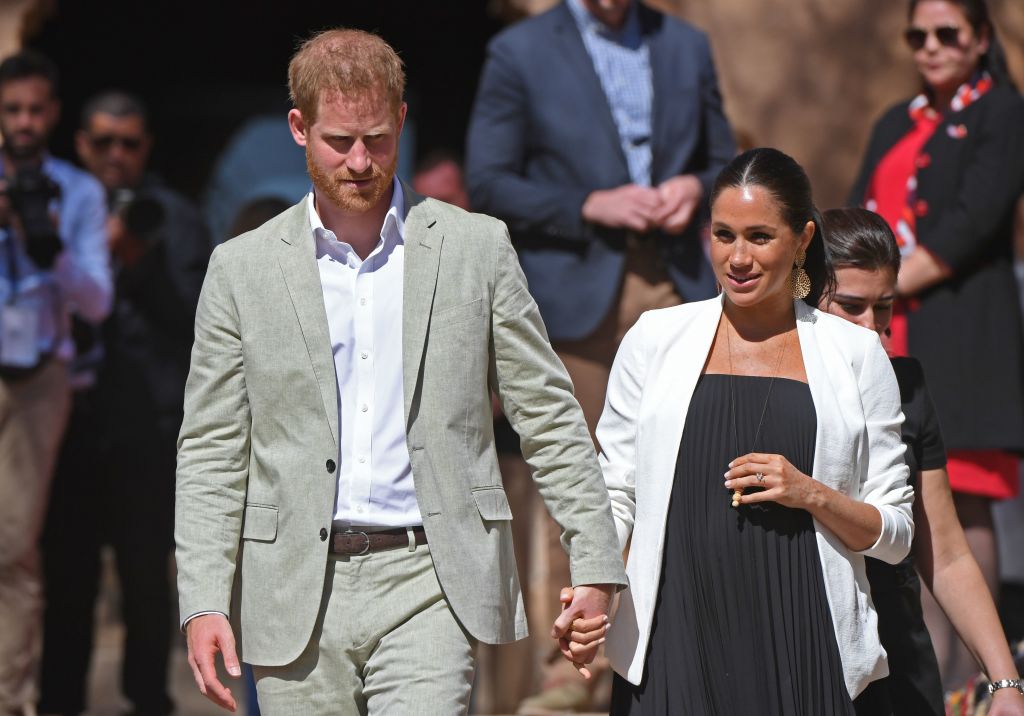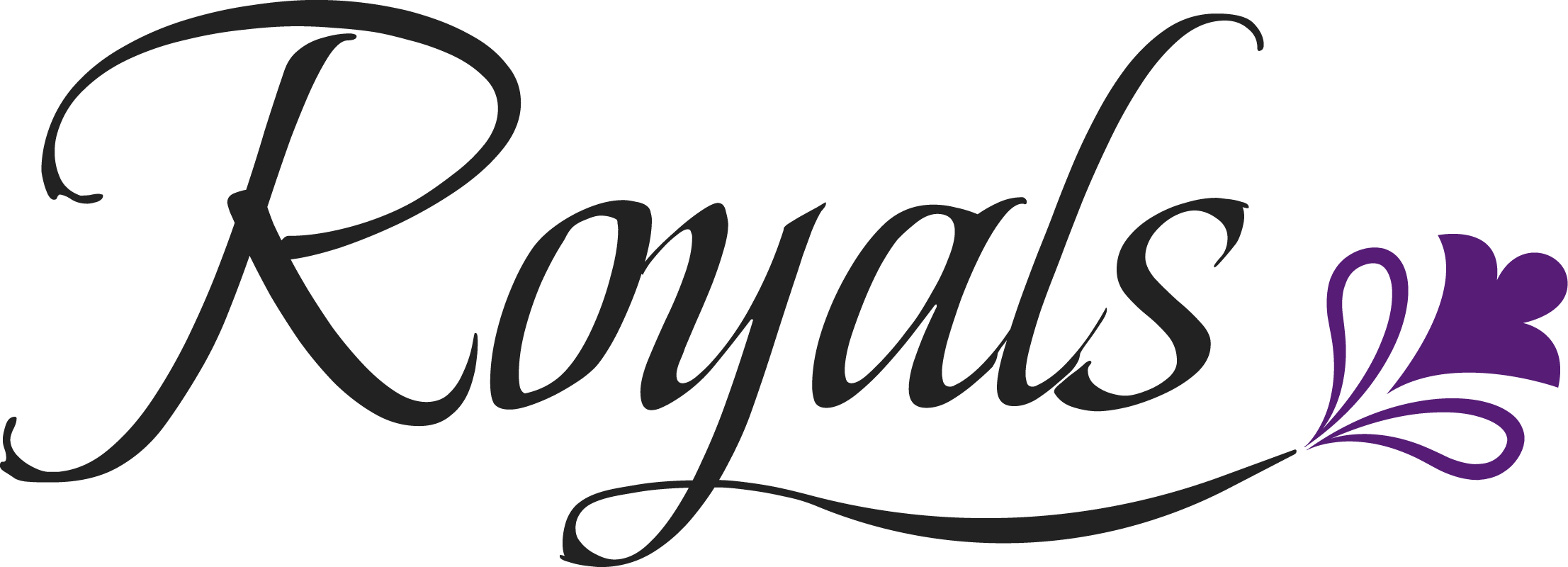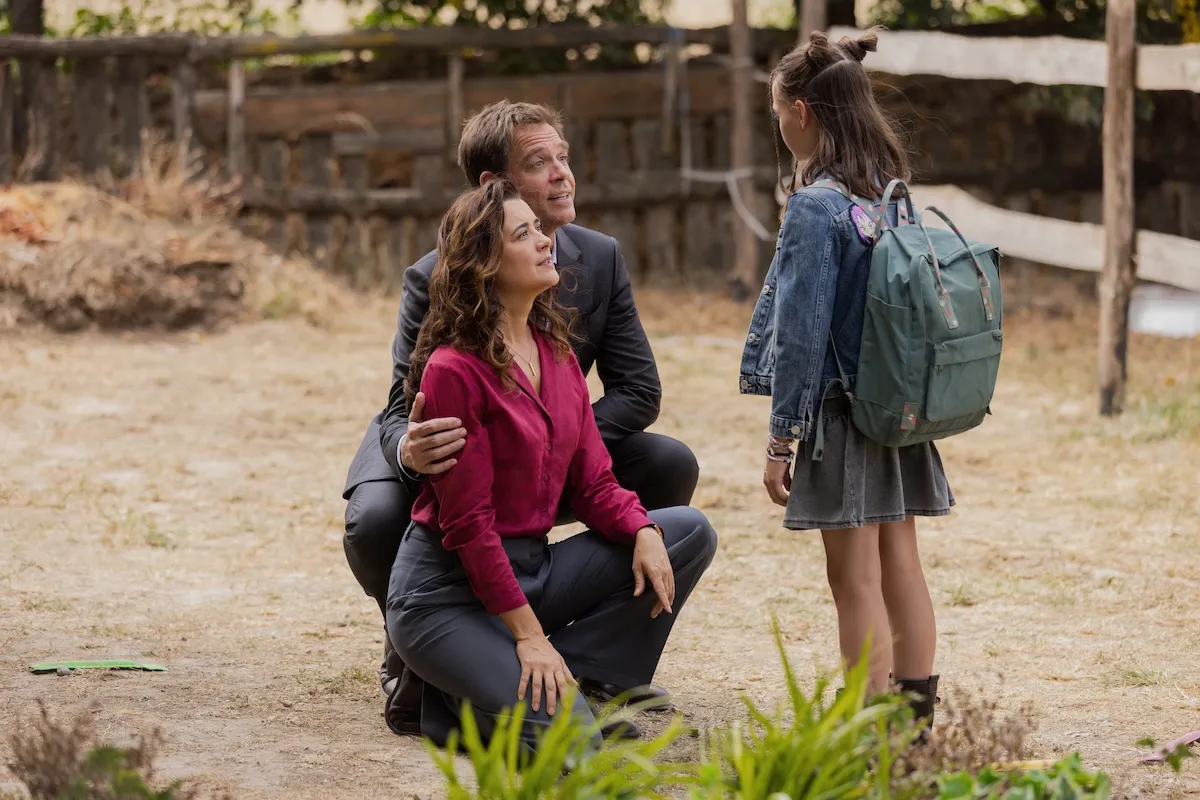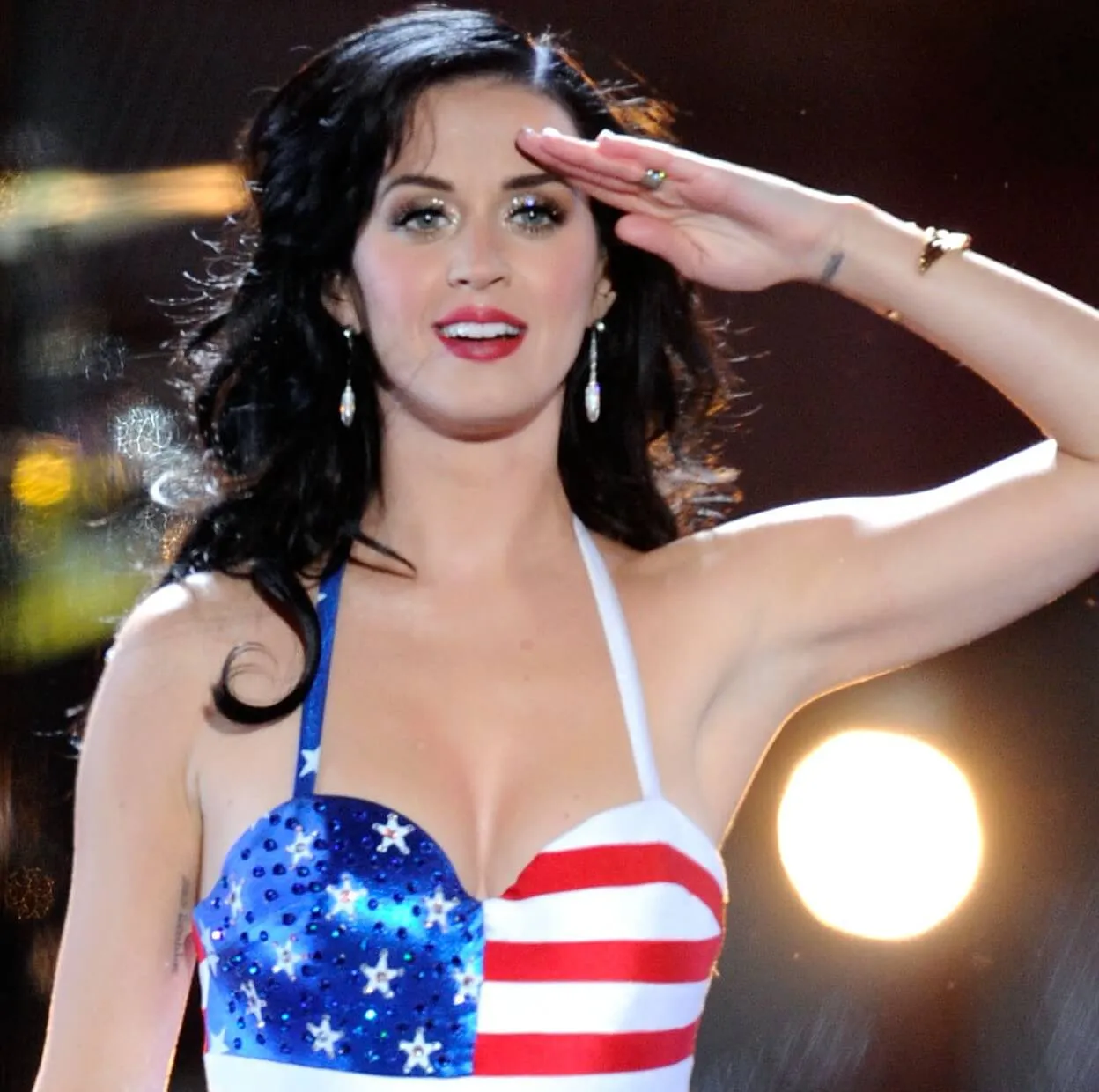Will Meghan Markle’s Baby Boost the Economy?
Can a newborn royal baby really improve a country’s economy? Experts believe that the upcoming birth of Baby Sussex will give the UK economy a boost and the reason why might surprise you.

Why Meghan Markle and Prince Harry’s baby can deliver an economic bump
All eyes are on Meghan Markle, who is in the late stages of pregnancy, with her due date vaguely regarded as “spring.” While many wonder if Markle and Prince Harry will have a boy or girl and what they will name Baby Sussex, there are some people who are crunching numbers over the royal arrival.
According to a report from Hello! Magazine, experts believe that the Duke and Duchess of Sussex’s baby will bring a “cash boost to the UK economy.” Professor Joshua Bamfield, director of the Centre for Retail Research, estimates that the addition of Baby Sussex will mark an increase in spending for children’s clothing and baby products by about £1.125 billion over a two-year period (approximately $1.49 billion).
Why Baby Sussex is of such great interest
Professor Bamfield further explained why Baby Sussex’s arrival could impact the economy so greatly, sharing: “Meghan and Harry are an attractive couple and their first child will naturally be of great public interest across the world.”
Further, Bamfield pointed to Markle’s fashion choices, noting: “Meghan is known to have a keen sense of style and she will want to follow a distinctive line in baby products, shawls, baskets, infant clothes and even what toys are being used by her child.”
The natural conclusion is that fans of the royals who have children or are expecting will want to dress their children in Baby Sussex’s style or buy products, such as baby gear, that Markle is seen using.
Baby Sussex’s economic impact doesn’t drop off after the first year
Royal fans will likely be following the Duke and Duchess of Sussex and their family beyond the baby’s first year — and really throughout the little one’s childhood and adolescence.
Bamfield noted: “As the child gets older, what he or she wears will be adopted by many other parents, photographed thousands of times and shared with others across the world. This pattern will be greatest in the first seven years of the child’s life, but will continue probably for 20 years.”
Social media makes it especially easy for fans of the royals to keep up with what Baby Sussex will be wearing and the baby items that Prince Harry and Markle own and use.
Clothing Prince William and Kate Middleton’s children wore sold out
Case in point, when Princess Charlotte’s birthday portrait hit the internet, people were obsessed with her John Lewis cardigan, so much so that the sweater quickly sold out.
The John Lewis site sold out of the adorable pastel yellow Baby Luxury Sheep Cardigan, which sold for $23. Experts have pointed to “The Kate Effect” in the past, noting that anything Middleton wears quickly sells out, with her influence on the UK fashion industry approaching nearly $2 billion.
When Charlotte wore a pink cardigan in her first birthday portrait, there was also a huge response. Emma Davison, co-founder of Olivier Baby & Kids told The



